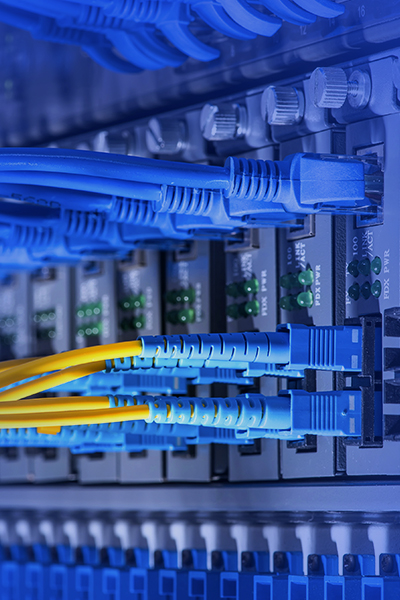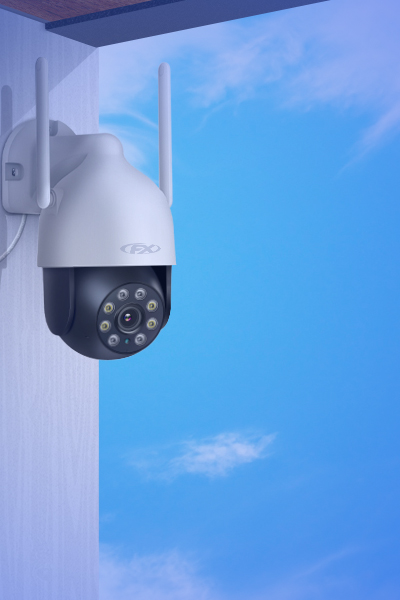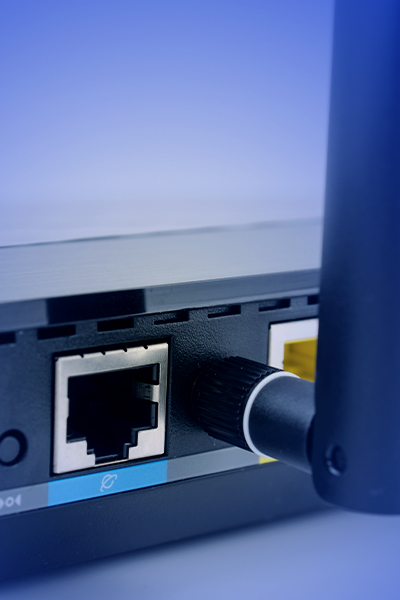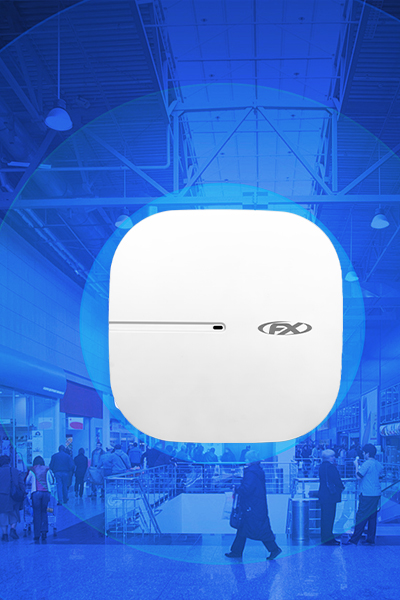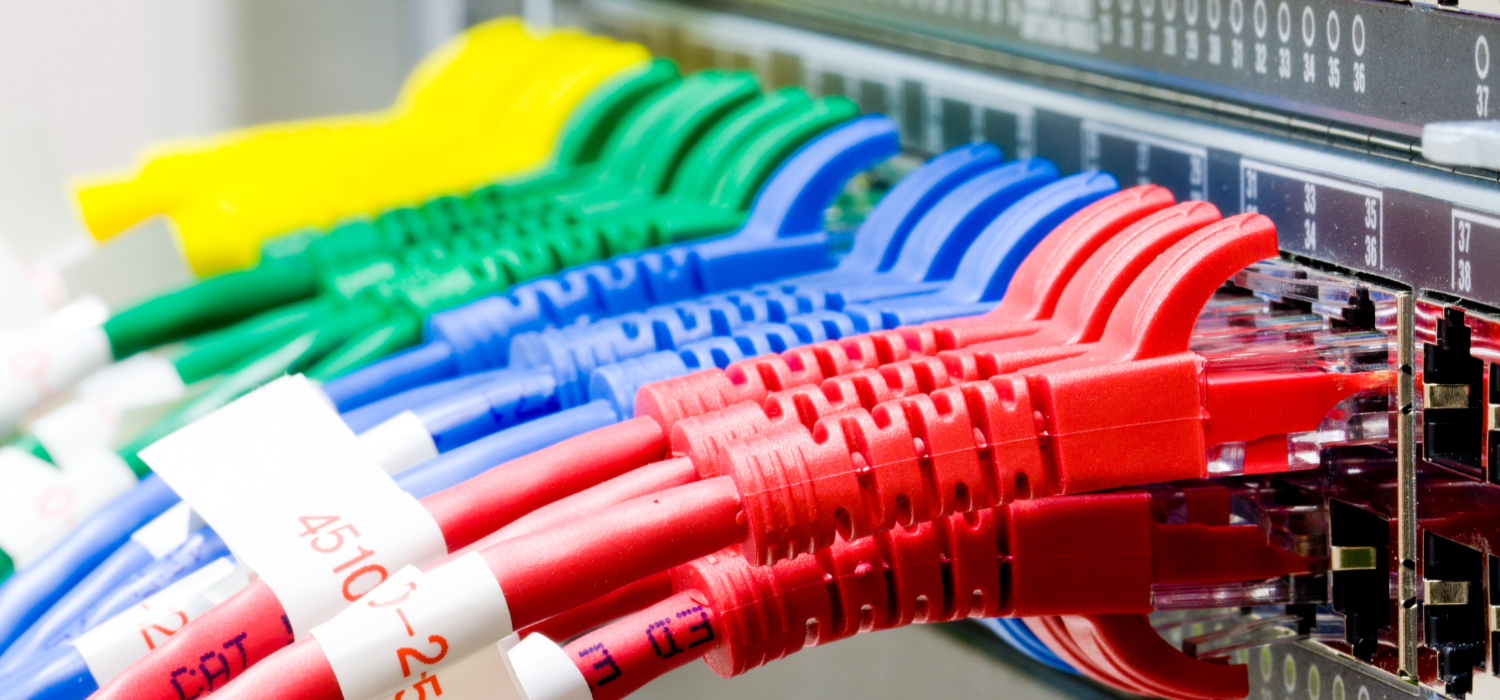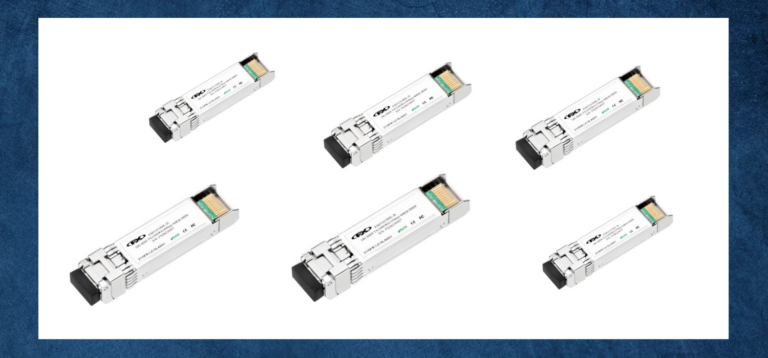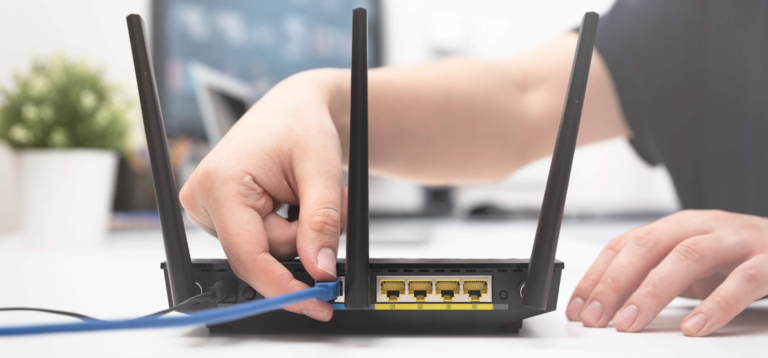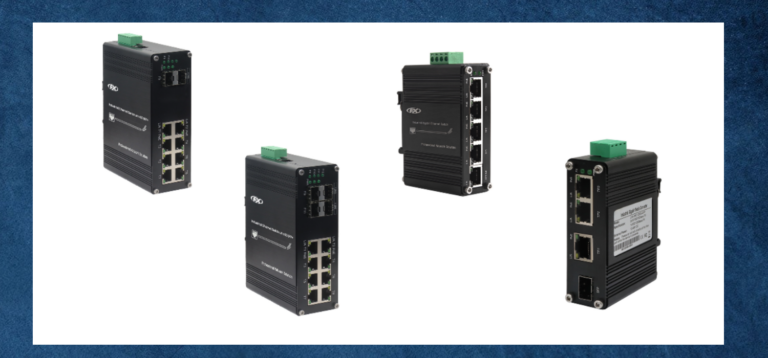Are you confused about the difference between a gigabit switch and a normal switch?
Knowing which one to use for your network can be difficult. Key differences between these two types of switches are data transfer speeds, price points, and usage in network infrastructure.
In this article, we will explore why choosing the right type of switch is important for keeping your business connected.
We'll look at each type's advantages and what factors you should consider when deciding which to choose for your particular needs.
Understanding the Difference Between Gigabit Switch and Normal Switch
Data speed rate
Gigabit switches provide a significant increase in speed when compared to regular, normal Ethernet switches.
A gigabit switch increases the transmission rate of Ethernet from 10 Mbps to 100 Mbps and has the capability of providing up to 1000 Mbps (1 Gbps).
This means that data can be transferred between devices at significantly higher rates than before, perfect for networks with large amounts of traffic.
Because of this improved throughput per port on a gigabit switch — up to 100 MB/s versus 10 MB/s on an FE switch— there’s more flexibility for future scalability and upgrades since higher speeds will always be available.
Price point
Gigabit Ethernet ports cost about four times as much as fast ethernet ports, according to International Data Corporation (IDC).
This means gigabit switches can have a significantly higher cost structure than regular switches.
However, the cost to buy a gigabit switch isn’t necessarily exorbitant compared to non-gigabit devices - they are more expensive but not overly so in many cases.
Moreover, managed switches tend to be far pricier than unmanaged versions due to their capability for increased oversight of networks – something that network administrators may appreciate at certain points down the line.
Usage in network infrastructure
Gigabit switches can handle a high volume of data traffic, allowing for simultaneous high-speed connection while delivering fast and reliable data transmission across the backbone.
This makes them well-suited for larger networks or networks with heavy data traffic where regular speed is important.
Moreover, using gigabit switches can help improve network performance considerably and provide an enhanced user experience due to reduced latency and improved response times.
For example, VoIP calls in real-time require low latencies to ensure clear audio quality, which can be achieved when using a gigabit switch instead of a normal switch.
Advantages of a Gigabit Switch

Faster data transfer speeds
Gigabit switches offer significantly higher data transfer speeds (1 Gbps) compared to regular switches (typically 100 Mbps).
This speed increase enables quicker file transfers and smoother streaming experiences, enhancing network performance and responsiveness. It also minimizes latency and congestion.
Better for larger networks
They handle the demands of large networks effortlessly and provide flexibility and scalability for future upgrades. Multiple connection options and managed features optimize bandwidth allocation.
More flexibility for future upgrades
Gigabit switches are excellent for long-term network planning.
Stackable gigabit switches simplify network expansion, preparing for future growth and convergence.
They eliminate bottlenecks, support higher bandwidth requirements, and require less cabling and physical space, making upgrades smoother.
Advantages of a Normal Switch

Lower cost
This affordability makes them a practical choice for budget-conscious users, and you can even find refurbished options online at lower prices.
Can still be used as a desktop switch
Normal switches are versatile and can also function as desktop switches.
They come with RJ45 ports, making them perfect for connecting PCs and servers directly to the network. This allows for high-speed data transfer over short distances, which is handy for various applications.
Works well for smaller networks
Normal switches are well-suited for smaller networks, such as those in small offices or homes.
They offer a cost-effective, straightforward solution with 10/100 Mbps Ethernet connections that are compatible with most home network devices.
They are easy to set up and lack advanced features, making them a simple choice for basic networking needs.
Factors to Consider When Choosing Between a Gigabit Switch and Normal Switch
Size of the network
Larger or more complex networks benefit from Gigabit switches, offering faster data transfer speeds and better handling of large files over long distances.
Smaller networks can stick with cost-effective normal switches that meet their speed requirements without unnecessary extras.
Required data transfer speeds
Gigabit switches provide significantly faster transmission at 1000 Mbps or more, making them ideal for large-scale setups and high-demand applications like VoIP and HD video conferencing.
They deliver a better user experience and can support security applications with low latency.
Budget
Gigabit switches are pricier, with each port costing four times more than Fast Ethernet ports. Managed switches come with higher costs due to advanced features.
Upgrading to Gigabit might require overhauling your network infrastructure, impacting the budget for enterprises and SMBs.
Future growth potential
Gigabit switches offer scalability and are well-suited for larger networks with future expansion plans.
They handle higher data volumes and offer speeds of up to 10 Gbps, making them suitable for various services in the networking industry, including telecommunication and video streaming.
They provide flexibility and future-proofing for your network.
Compatibility Differences
Ethernet types
Ethernet types are network connection standards. Fast Ethernet and Gigabit Ethernet are the primary types, with speeds of 100 Mbps and 1 Gbps, respectively.
They offer faster speeds than older standards like 10BaseT and Token Ring networks. Both types are backward compatible with older networks, but Gigabit Ethernet works best with Gigabit switches due to its higher speed.
PoE compatibility
Gigabit PoE switches can supply power over Ethernet, while regular switches cannot.
This feature allows devices like IP cameras and wireless access points to be powered through the network connection, eliminating the need for separate power sources.
PoE switches can detect and provide power to compatible devices, saving time and resources during network configuration.
Difference Between Unmanaged Gigabit Switches & Unmanaged Fast Ethernet Switches
Unmanaged vs managed switch options
When choosing between unmanaged and managed switches, consider your network's needs. Unmanaged switches are simple plug-and-play devices with fixed configurations and no advanced features.
They are suitable for basic network connections.
In contrast, managed switches offer greater flexibility, with control over transmission speeds, access control, VLANs, and security. They are more customizable but come at a higher cost due to advanced features.
Ethernet types supported
Gigabit switches support faster link speeds than Fast Ethernet switches. This is because they support Gigabit Ethernet with speeds of 10/100/1000 Mbps, while Fast Ethernet typically supports 10/100 Mbps.
Gigabit switches are more efficient for large networks with heavy traffic demands. Choosing the right one depends on your specific needs and future growth plans.
Ability to prioritize traffic
Managed Gigabit switches provide advanced features like traffic prioritization and flow control. This allows administrators to manage LAN traffic effectively and ensure critical data delivery, even in networks with mixed applications.
For example, in mission-critical scenarios, prioritizing medical data over nonessential services ensures smooth and uninterrupted communication.
Unmanaged Fast Ethernet switches may not offer these capabilities and are less suitable for complex and heavy-load networks.
Conclusion
Gigabit switches provide superior speeds and performance for larger networks that require high-speed data transfer.
The faster data transfer rates make these switches more suitable for applications such as internet service providers and data centers, while their ability to accommodate future upgrades adds greater flexibility.
Normal switches, on the other hand, offer a lower-cost alternative with speeds of 100 Mbps, making them well-suited for smaller networks.
When choosing between a gigabit switch or a normal switch, factors such as the size of the network, budget limits, and future growth potential should be taken into consideration to choose the best solution for one's needs.
Furthermore, it is also important to understand current Ethernet types available along with PoE compatibility options offered by different switch vendors before selecting one of them that suits your networking requirements perfectly!
Connect with us today
let's shape a future of boundless connectivity and extraordinary possibilities. Experience the power of true networking solutions with FlyXing.
Connect with us today!
let's shape a future of boundless connectivity and extraordinary possibilities. Experience the power of true networking solutions with FlyXing.
